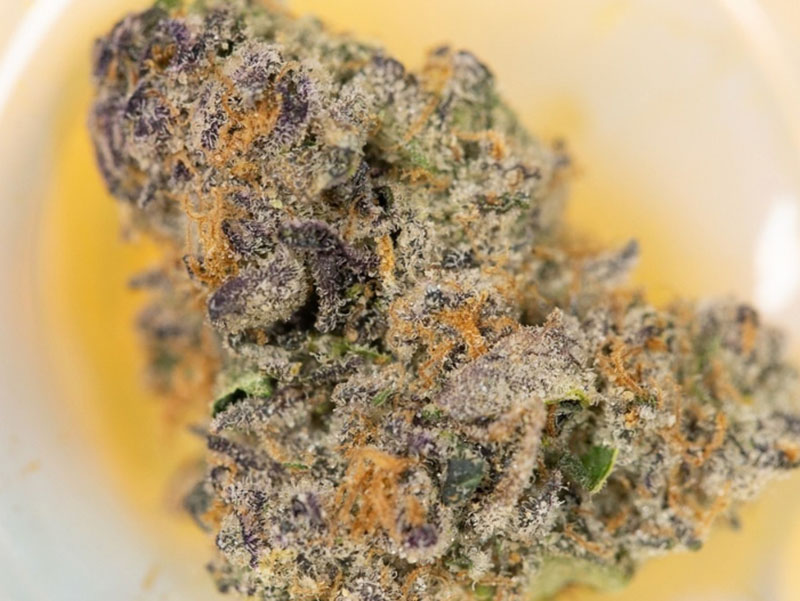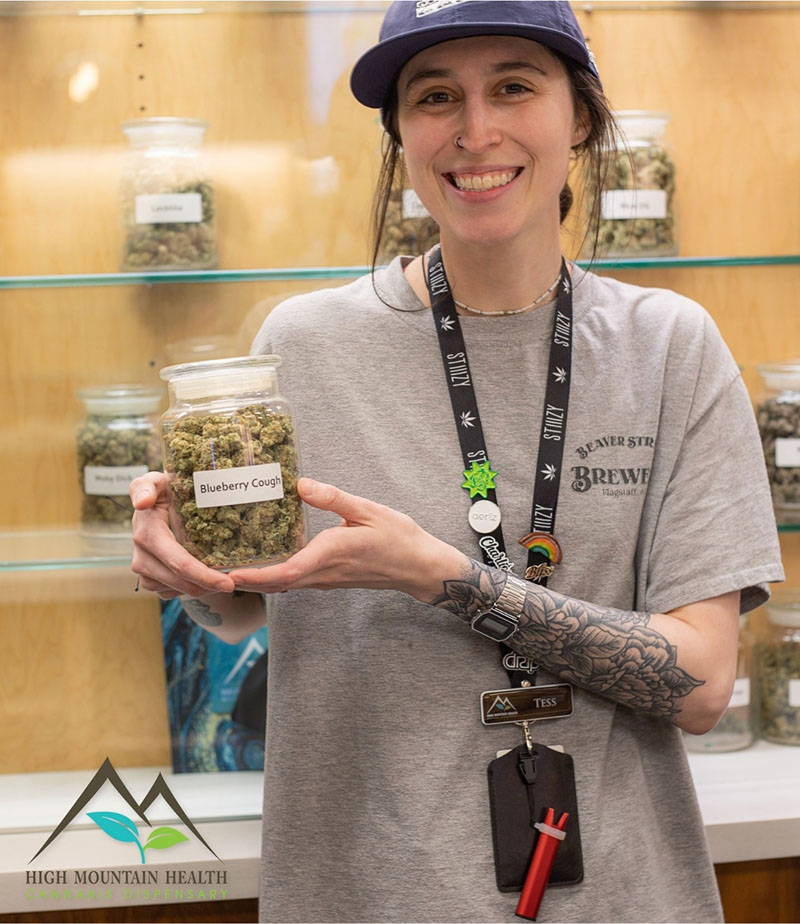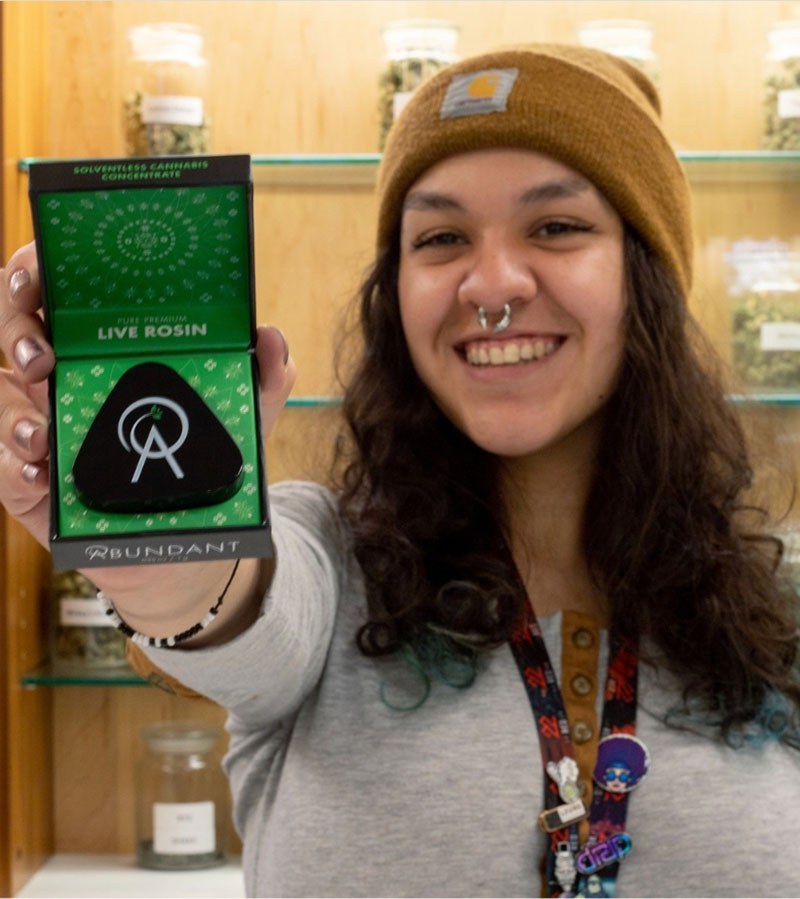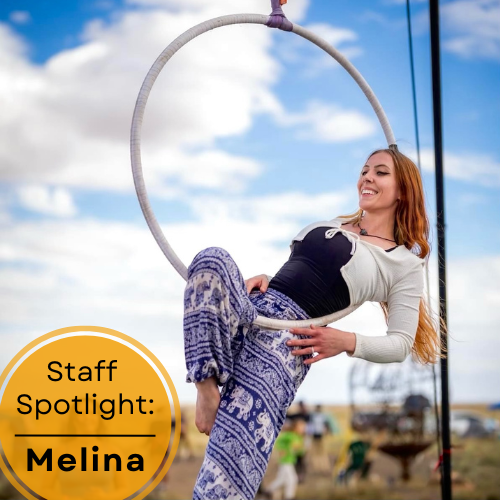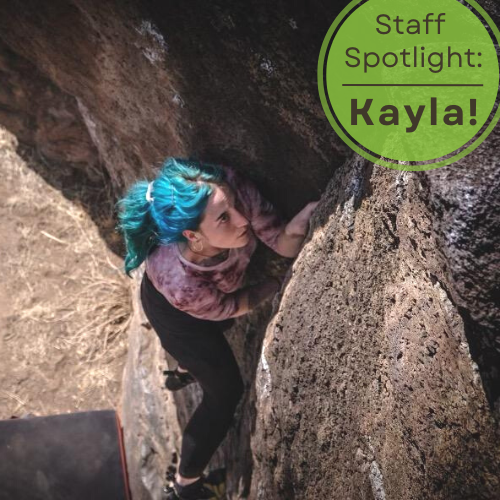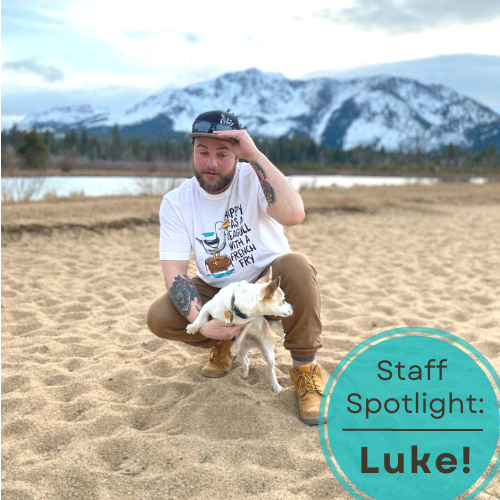A Brief History of Oppression: Slavery, Policing, The War on Drugs, The Industrial Prison Complex and their Effects on American Minorities
By Zachariah Finning
Since its inception, the War on Drugs has never been aimed to curtail the use of illicit substances in the American Population. It has been used and manufactured to oppress and institutionalize the Minorities of this great country. Specifically, but not limited to, the African American and Latin-X peoples of our communities. The oppression of these peoples started long before the implementation of the Anti-Drug Abuse Act of 1986 but its influence has strengthened the grip of racism economically, systematically, and lawfully. The story of the Industrial Prison System and Legal Slavery can be traced back to the beginnings of policing, the end of the Civil War and the 13th Amendment to the Constitution. In this blog, we will explore those claims and a brief history of Slavery and policing. We will also discuss The War on Drugs and how the laws passed soon after directly targeted minorities. We’ll touch upon the Industrial Prison Complex and throughout, we will discuss the heavy impacts, consequences, and the need for change that the course of history has laid upon us.
To understand the enormous weight of the issues at hand we must first delve back into periods of history to make sense of how we got here. “Here” being Institutionalized racism, police brutality, and incarceration statistics that show the clear existence of bias in our policing and legal systems. The beginning of this unfathomable history starts in 1619 when the first African slaves arrived on American soil (S2). The English privateer ship The White Lion had been conducting raids in the Caribbean and seized a part of a cargo of Africans from the Portuguese slave ship Sao Jao Bautista (S2). The White Lion landed with 20 Africans at Point Comfort, which is present-day Hampton. The original status of these Africans in Virginia is still unclear, there is evidence to support that some were bought by prominent governors in the area (S2). This means they were either originally enslaved or indentured servants. However, without papers of indenture or papers validating servitude, these new African arrivals had no legal protections and could be easily exploited in the New World (S2). For the rest of the 17th and 18th centuries, African Peoples were forcibly taken from their homelands and forced into slavery in the American Colonies. The main work for these African slaves was in the production of tobacco and cotton (S1). Although so much was lost, taken, and beaten from them over those next two centuries, Africans brought with them the greatly varied cultures of their homeland - including folklore, language, music, and diet. While forging new lives with one another as well as trying to survive the daily torments of their existence many diverse and rich cultures of African life took roots in the New World. These varying cultures and their intricacies would later become known as African Diaspora Culture (S4).
The exploitation, outright slavery, and abuse of the African Peoples lasted until the mid-19th century. By this time the Westward Expansion of the United States and the evolving abolitionist Movement provoked great debate and divide in the country (S1). This debate was over the notion of slavery itself and the freedoms granted to all people. There was such a deep divide the nation fell apart into a state of Civil War (S1). You can spend years studying the Civil War but our focus only needs us to understand four points. One, the Confederacy (mostly Southern and Western States) were in support of the continuation of slavery. Two, the Union (Mostly Northern and the Eastern States) were in support of the abolition of slavery and the freeing of all Slaves. Three, the Union won the long and bloody war. Four, the Union victory resulted in the freeing of the 4 million-plus enslaved people and made them African-Americans. June 19th, 1865 marks the day the last slaves in Galveston, Texas were liberated by the Union troops, yet the legacy of slavery and racism continued to influence the course of American history from industrialization, to the Civil Rights movement, all the way to present-day (S1). With a little knowledge under our belt regarding the history of African Americans, we can move forward with how they have been continually persecuted. The first instance of continued oppression came in the form of the 13th Amendment. A direct result of the outcome of the Civil War and the Emancipation Proclamation the 13th Amendment was ratified by the needed number of states on December 6th, 1865 (S5.) The amendment itself in its language does abolish slavery; however, there is a clause. “Neither slavery nor involuntary servitude, except as a punishment for crime whereof the party shall have been duly convicted, shall exist within the United States, or any place subject to their jurisdiction” (S5). Simply put the clause is that if you are arrested and duly convicted of a crime you are legally subjectable to slavery. This would become the first prominent problem and would lead to the over-policing of minorities and directly to the industrial Prison System.
The history of policing in America can trace itself back to two origins. The first being “organized practices that were adapted to the colonies from England that formed the foundations of American law enforcement”, the second is American slave patrols (S4). The American South relied exclusively on slave labor. This meant the region was in constant fear of Slave Rebellions disrupting not only the local economy but daily ways of life. In response to this, slave patrols were created and they are one of the earliest most copious forms of policing in the south (S4). According to historian Gary Potter, slave patrols harbored three main functions. One, “to chase down, apprehend, and return to their owners, runaway slaves”; Two, “provide a form of organized terror to deter slave revolts”, and Three; “maintain a form of discipline for slave-workers who were subject to summary justice, outside the law” (S4). It is in these three main functions that we can begin to see the birth of the police brutality against African Americans we see today. Even after the Civil War Southern Police departments transferred over certain characteristics of the Slave Patrols. Systematic Surveillance and enforcement of curfews for African Americans are two of those practices (S4). It is highly agreed that even though the Slave Patrols lost their lawful status in 1865 their influence and ways of life did not die out. Historian Sally Hadden argues that there are stark comparisons between the legal slave patrols of the Pre-Civil War era and the terrorization tactics used by white supremacy vigilante groups, most famously known, the Klu-Klux-Klan (S4). Law enforcement today is under scrutiny for their heavily publicized brutality of African Americans and other minorities such as the Latinx population. Maybe by looking into their past and long history of force as control Law Enforcement may better understand why they use the abusive tactics that they do and start to make the necessary changes needed to serve and protect the community.
Due to the prevalence of violence and slave patrols within their history, one can imagine why police use violent tactics as well as why they patrol poor and minority neighborhoods more than those of a more economic standing and upper-class citizens. However, if it wasn’t for the War on Drugs and the subsequent legislation passed in its wake, American minorities may have had the chance to continue to pick themselves up by their bootstraps as they have done again and again throughout American history. When a government and its’ laws are against its citizens there is not much a people or their culture can do to eliminate the excessive violence and despair experienced by enforcement of those laws. The “War on Drugs” officially began in the summer of 1971 when then-President Richard Nixon declared that drug abuse was “public enemy number one”. This increased the federal funding drug-control agencies received and eventually lead to the creation of the Drug Enforcement Agency (DEA) (S3). The DEA was created out of a merger of smaller drug-related departments to consolidate federal oversight on drug control and abuse (S3). The Federal efforts in the War on Drugs were relatively minute until the presidency of Ronald Reagan. Reagan greatly extrapolated the efforts and grip of the drug war, focusing on criminal punishment over treatment. This led to a massive increase in incarcerations for nonviolent drug offenses. There were only fifty thousand nonviolent related drug offenders in 1980. By 1997 that number had increased to four hundred thousand (S3). The War on Drugs was driven by the media coverage of the crack epidemic that arose in the early ’80s. This social nervousness due to increased coverage of the epidemic heightened support for the “just say no” and “criminal activity” stance held by the president. This rising support helped pass the Anti-Drug Abuse Act of 1986 (S3). This act gave a substantial 1.7 billion dollars in funding to the War on Drugs while another key component of this act added “mandatory minimum” prison sentences for various drug-related offenses. Noticeably the Act also contained gaps in the minimum amounts of drugs required for minimum sentences. Possessing just 5 grams of crack cocaine dealt you an automatic 5-year prison sentence while it took the possession of 500 grams of powder cocaine to trigger that same sentence (S3). At the time statistics show that about 80 percent of all crack users were African American. These figures along with the gaps in sentencing led to a biased increase in incarceration rates for nonviolent African Americans (S3).
Due to these disparities in sentencing included within the Anti-Drug Abuse Act the War on Drugs became colorblind. It disproportionately brought heavier policing of, and consequences against, African Americans and other minority groups. Research done by the Human Rights Watch indicates that African Americans or otherwise Black Americans make up 62.7 percent of all drug offenders admitted to state prison while White Americans only make up 36.7 percent (S5). There are some federal surveys and other data detailed in their report that clearly show this racial disparity bears little to no relation at all with racial differences in drug use or offenses. For example, there are five times more white drug users in America than black. Relating to population, the admittance of African American men to state prisons for drug charges are at a rate of 13.4 times larger than that of Caucasian American men (S5). Due to this drastic racial gap in incarceration for drug offenses Black Americans are incarcerated for all offenses, drug-related or not, at a rate 8.2 times that of the incarceration rate of White Americans. This means that one in every 20 black men over the age of 18 in the United States is in State or Federal Prison compared to the one in every 180 white men (S5). As appalling as the National Statistics are, they conceal an even worse racial bias in individual states. The research goes on to show that in seven states Black Americans make up between 80 and 90 percent of all drug offenders sent to [state] prison. In 15 different states, Black American men are incarcerated on drug charges at rates that are anywhere from 20-57 times greater than that of white men (S5). These incongruities in drug offenders admitted to prisons skew the racial balance of state prison populations. The imprisonment of Black Americans and other minorities on drug-related charges is part of a larger emergency of over-incarceration in the United States.
Prisons and penitentiaries, on the whole, were intended as a way to protect society from violent or dangerous individuals. However, more people are sent to prison in the U.S. for non-violent drug-related offenses than for crimes involving violence (S5). Retired General Barry McCaffrey, once director of the Office of National Drug Control Policy, relates that our nation’s War on Drugs has propelled the creation of a vast “Drug Gulag”. The nation’s drug control policies directly quadrupled the national prison population since the start of the 1980s (S5). The U.S. incarceration rate is the highest among western democracies (S5). One must ask themselves why the U.S. Government would support the outright criminalization and incarceration of their communities affected by drug use rather than supporting treatment and recovery. The answer is simple; The Industrial Prison Complex PIC. PIC is a term used to describe the “overlapping interests of government and industry that use surveillance, policing, and imprisonment as solutions to economic, social, and even political problems” (S6). It is a trend that has appeared within the decades following the Anti-Drug Abuse Act of 1986. Remember the clause in the 13th amendment that makes slavery legal so long as it is punishment for a crime duly convicted of? The PIC completely profits and exploits that clause in the amendment to our Constitution. What happens in the PIC is that the government allows and turns the managing of some of its prisons over to private corporations (S7). After obtaining control of the prison system in question these corporations then run the prisons for profit only - often ignoring rehabilitation and educational services that could truly benefit their inmates (S7). The leadership of these corporations are entangled with political lobbying to influence the passing of legislation that would favor conditions that create the continual profit of these prisons (S7). The Anti-Drug Abuse Act of 1986, the incarceration consequences that followed, along with the rising corporate lobbying and subsequent takeover of the American prison system by for-profit corporations has completed a cycle. That is the cycle perpetuating the never-ending imprisonment of minorities and the free “slave” labor that comes along with those imprisonments.
The political turmoil, the riots, the peaceful protests, and the social disintegration we are witnessing today can be traced back to the United States’ bloodied past treatment of African-Americans and other minorities. America in itself has had a long history of building itself up, economically and socially, on the backs of the less fortunate. We have never truly admitted or paid retribution for that fact. The clause in the 13th Amendment, never-ending racism in our society, along with the Anti-Drug Abuse Act of 1986 allowed for conditions of slavery to be reworded and reworked in plain sight - ultimately allowing the United States to continue to profit, economically and politically, from the labor of unfortunate minorities that have been promised freedom and equalities since the end of the Civil War. There is much to be done about the horrific inequalities suffered and the broken promises this country has made to its people. Where to begin? Many are not sure, But the outcry and presence of the thousands of protesters seen in American Streets since the police killing of George Floyd on May 25th, 2020 proves that the American people have had enough. It is time for America's long legacy of oppression to be recognized, talked about, and brought to an end.
Sources:
-
- https://www.history.com/topics/black-history/slavery
- https://www.historyisfun.org/sites/jamestown-chronicles/angela_more.html
- https://www.britannica.com/topic/war-on-drugs
- https://lawenforcementmuseum.org/2019/07/10/slave-patrols-an-early-form-of-american-policing/
- https://www.hrw.org/legacy/reports/2000/usa/Rcedrg00.htm
- http://www.prisonabolition.org/what-is-the-prison-industrial-complex/
- https://study.com/academy/lesson/prison-industrial-complex-definition-facts-statistics.html

